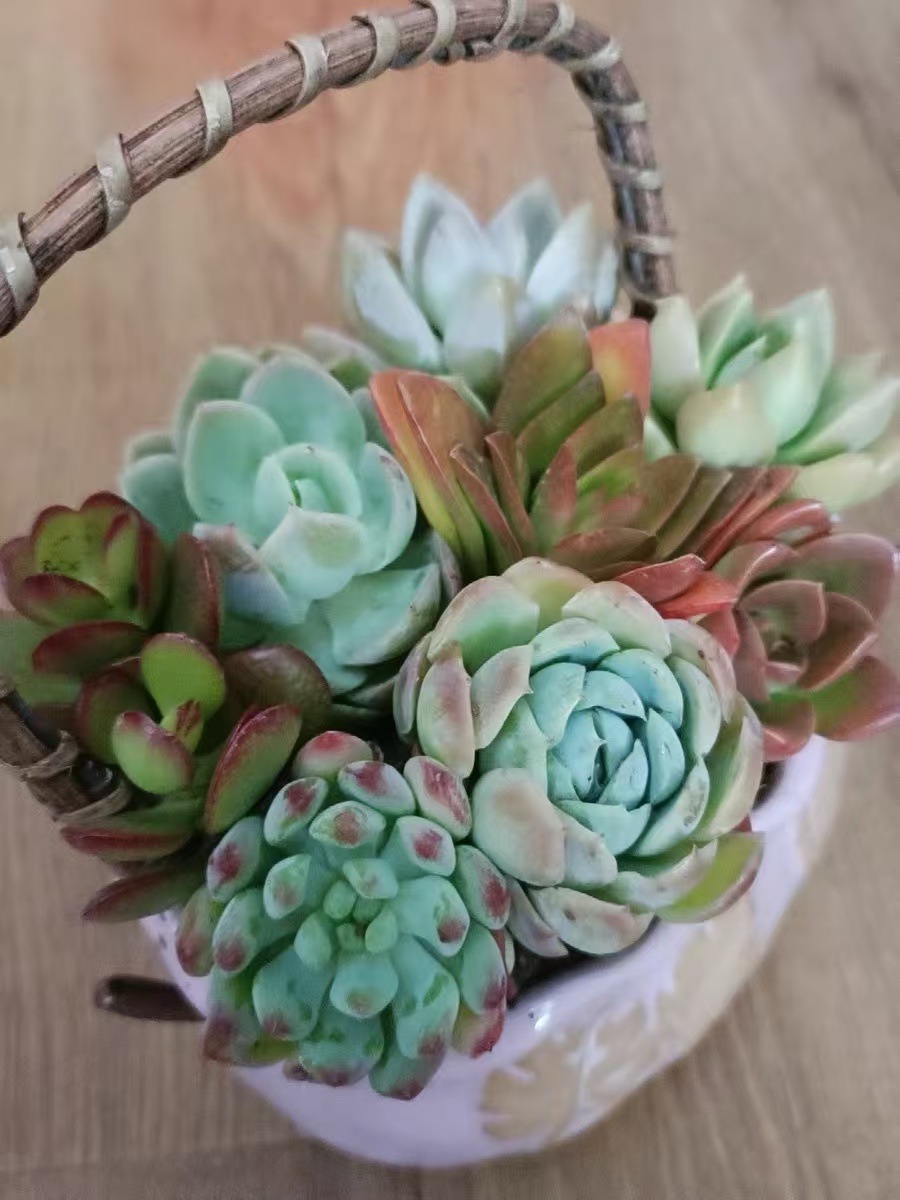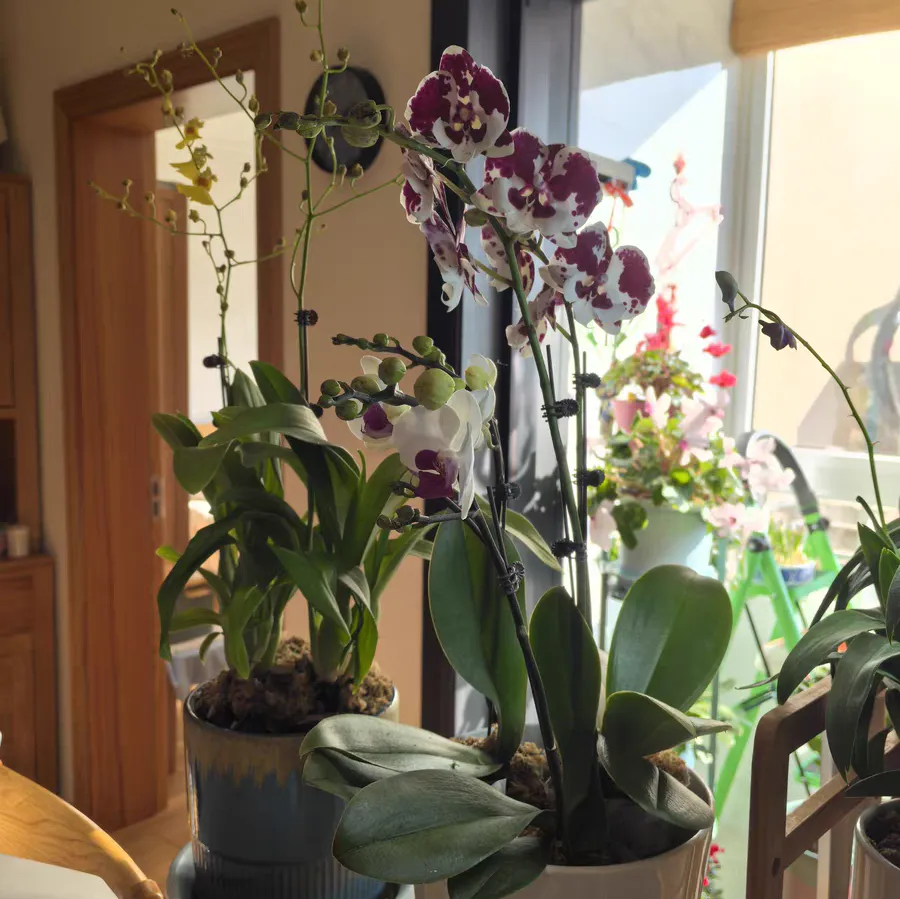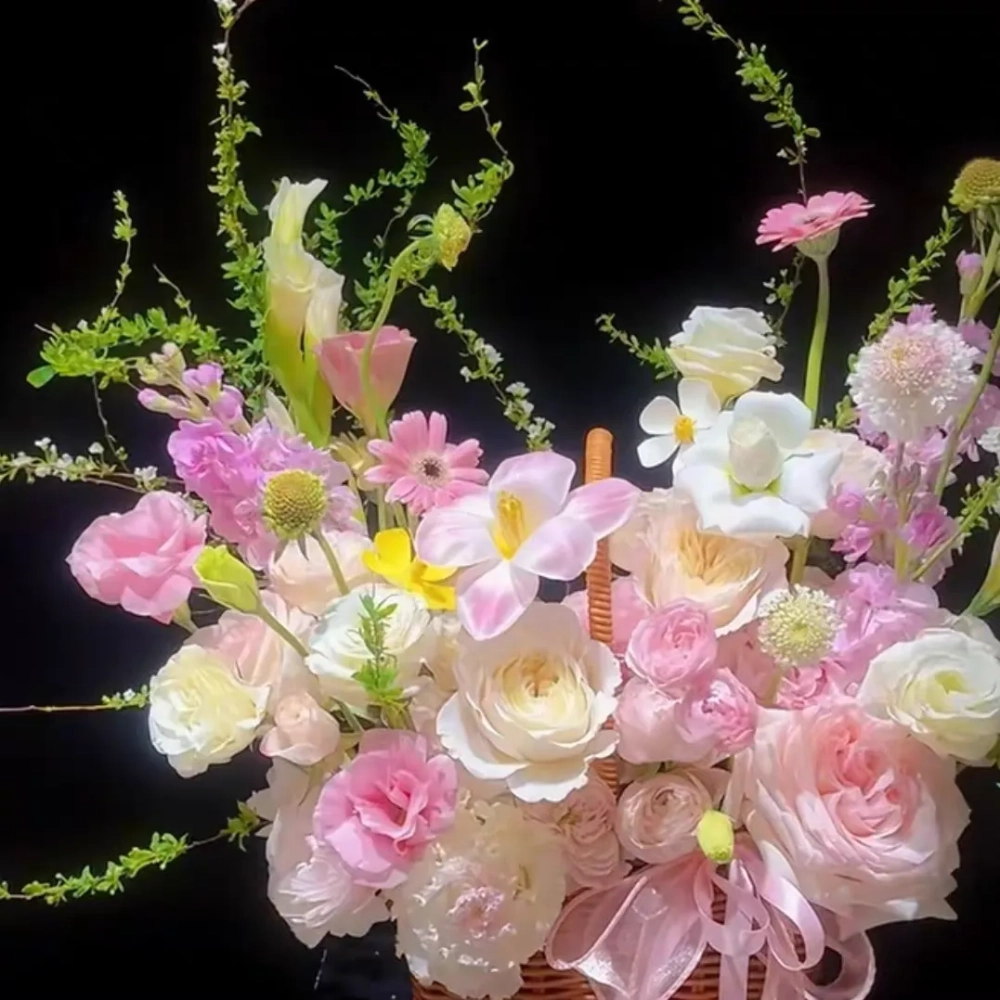Succulent plants are highly favored for their unique forms and ability to adapt to the environment. However, with the change of seasons, especially when the intense heat of summer and the severe cold of winter arrive, many succulent plants will enter a dormant state. Understanding the characteristics of succulent plant dormancy is of crucial importance for enthusiasts. This article will introduce in detail the characteristics of succulent plant dormancy from three aspects: state, color, and growth changes.
Observing the State: Slow Growth and Leaves Gathering
After entering the dormant period, the most obvious characteristic of succulent plants is that their growth rate slows down significantly, or even comes to a halt. During the growth period, the plant shape of succulent plants is usually quite beautiful, with leaves stretching out and being full of vitality. Once in the dormant period, the leaves of succulent plants will draw closer to the center of the leaf rosette, and the plant will be wrapped more compactly. This is because during the dormant period, succulent plants will reduce the consumption of the leaves in the center of the leaf rosette to cope with the unfavorable environmental conditions.
Some succulent plants of the thin-leaf series will also show the phenomenon that the outer leaves gradually turn yellow and the central leaves gather together during the dormant period. For example, varieties such as Echeveria derenbergii, Aeonium, and Greenovia, the changes in their leaves during the dormant period are particularly noticeable. In addition, some succulent plants like Cotyledon tomentosa and Echeveria secunda will also experience leaf shedding during the dormant period. This kind of leaf shedding is mostly normal physiological leaf shedding, which is a stress response to the environment and will not be accompanied by pathological phenomena such as root rot or leaf waterlogging at the same time.
Observing the Color: Changes in Leaf Color, Dull and Lusterless
During the dormant period, the color of the leaves of succulent plants will also change significantly. Compared with the growth period, the leaf color of succulent plants in the dormant period will either become darker or lighter, but overall, the colors of the outer leaves and the leaves in the center of the leaf rosette will be basically the same, becoming dull and lusterless. This is because during the dormant period, succulent plants stop growing and the chlorophyll content in the leaves decreases, resulting in the change in leaf color.
During the growth period, the color of the center of the leaf rosette of succulent plants is usually greener and fresher than that of the old leaves. Once in the dormant period, the color of the center of the leaf rosette will also gradually become darker and basically remain the same as that of the old leaves. This color change can not only help us determine whether the succulent plants have entered the dormant period but also serve as a basis for us to adjust the maintenance strategies.
Observing the Growth Changes: Growth Stops and Dead Leaves Increase
After entering the dormant period, succulent plants will stop growing, which is one of the most 显著 characteristics of the dormant period. Since growth has stopped, the demand of succulent plants for water and fertilizer has also been greatly reduced. Therefore, during the dormant period, we need to reduce the frequency of watering to avoid root rot caused by excessive watering. For completely dormant succulent plants, water can even be cut off for a period of time.
At the same time, due to the slowed-down metabolic rate of succulent plants during the dormant period, a large number of exhausted dead leaves will be produced. These dead leaves usually will not be accompanied by pathological phenomena such as root rot or leaf waterlogging at the same time, but will fall off naturally as the weather cools down. For succulent plants with naturally withered outer leaves during the dormant period, we should not manually remove the dead leaves, because the outer dead leaves have a protective effect on the succulent plants during the dormant period.
The characteristics of succulent plant dormancy are mainly manifested in three aspects: state, color, and growth changes. By observing the growth state, leaf color, and growth changes of succulent plants, we can accurately determine whether the succulent plants have entered the dormant period and adjust the maintenance strategies accordingly. Only by understanding the characteristics and rules of succulent plant dormancy can we better take care of them and let them show their most beautiful postures in different seasons.
What are the Characteristics of Dormancy in Succulent Plants?

Share with
Tagged in :




Leave a Reply